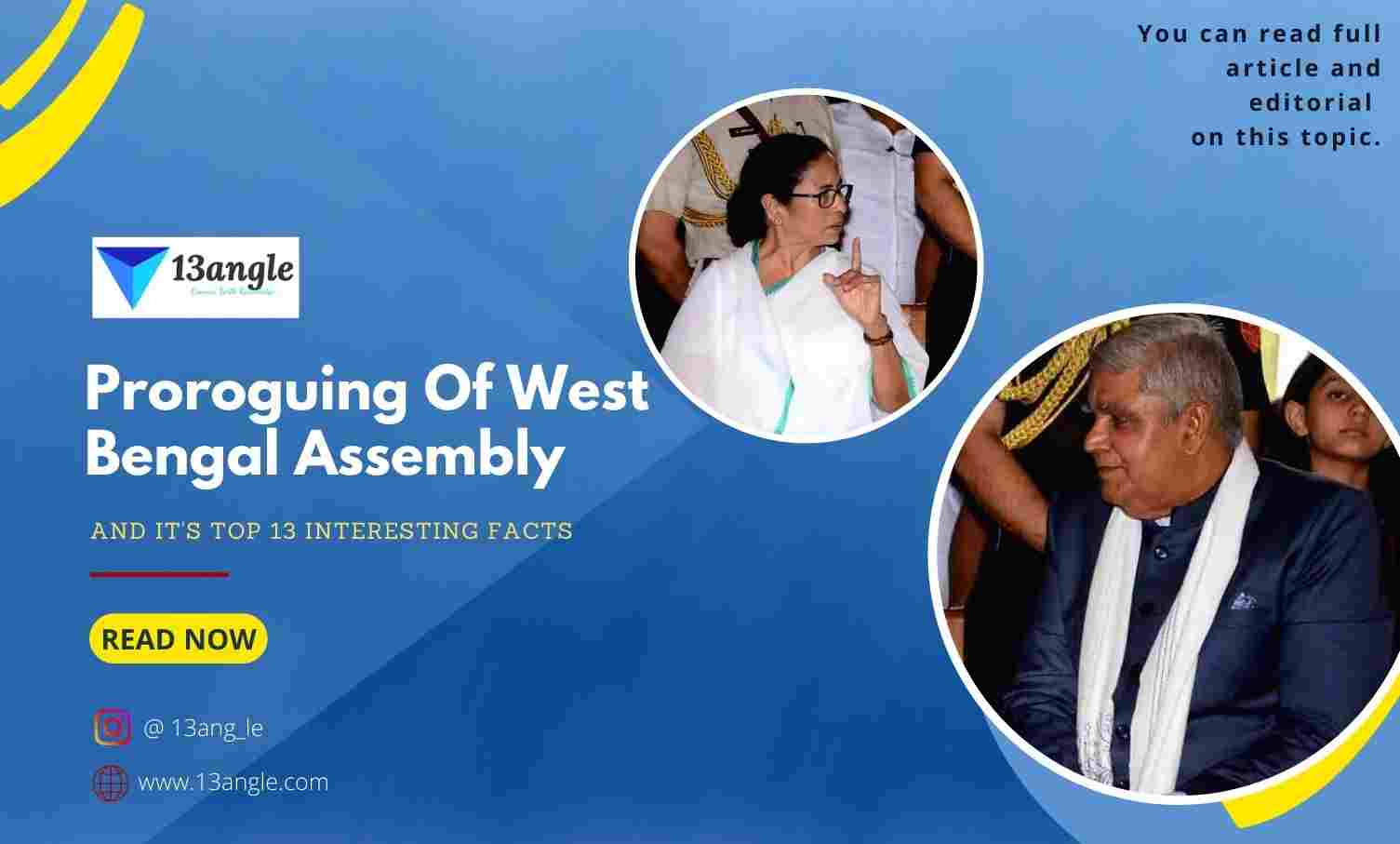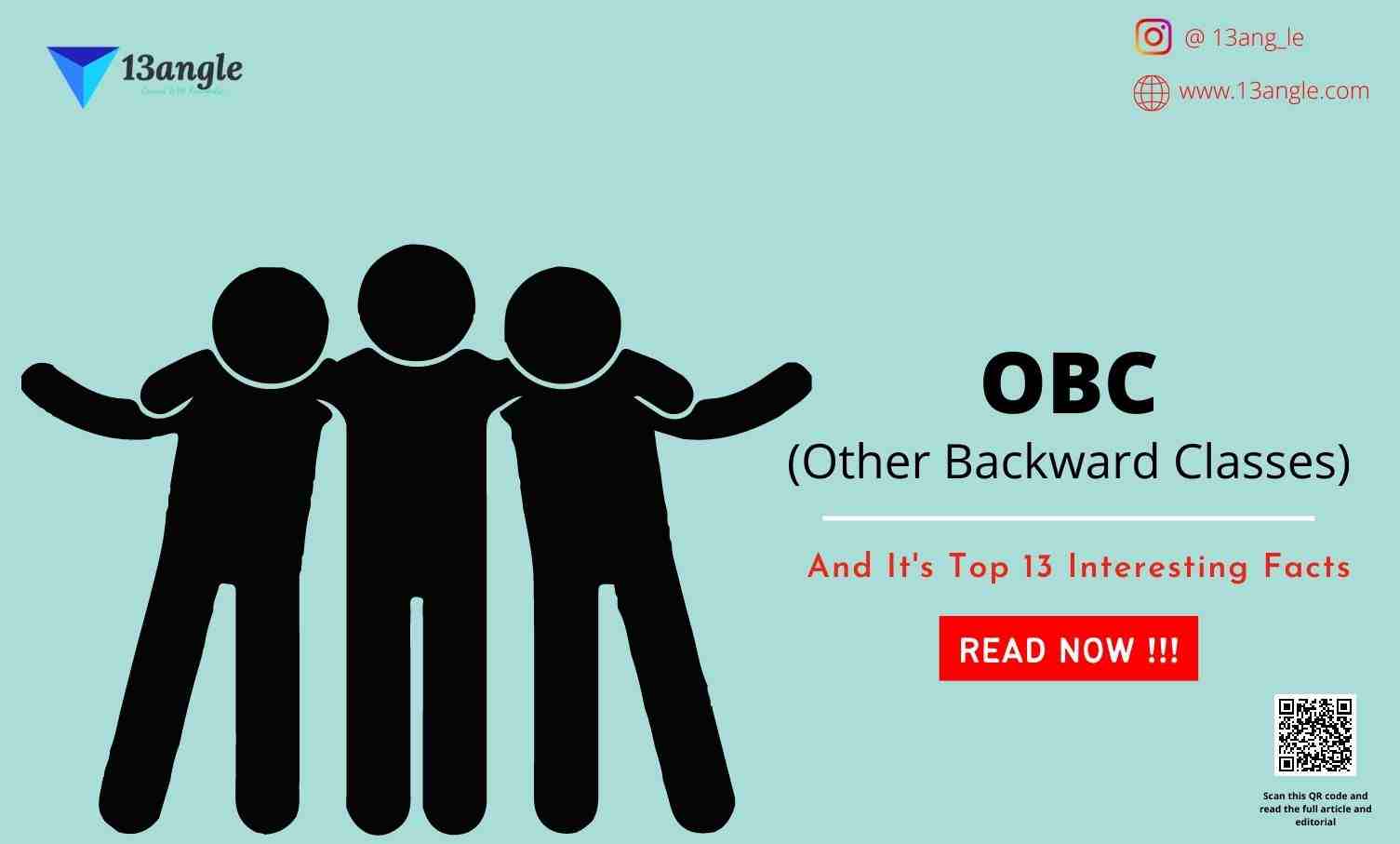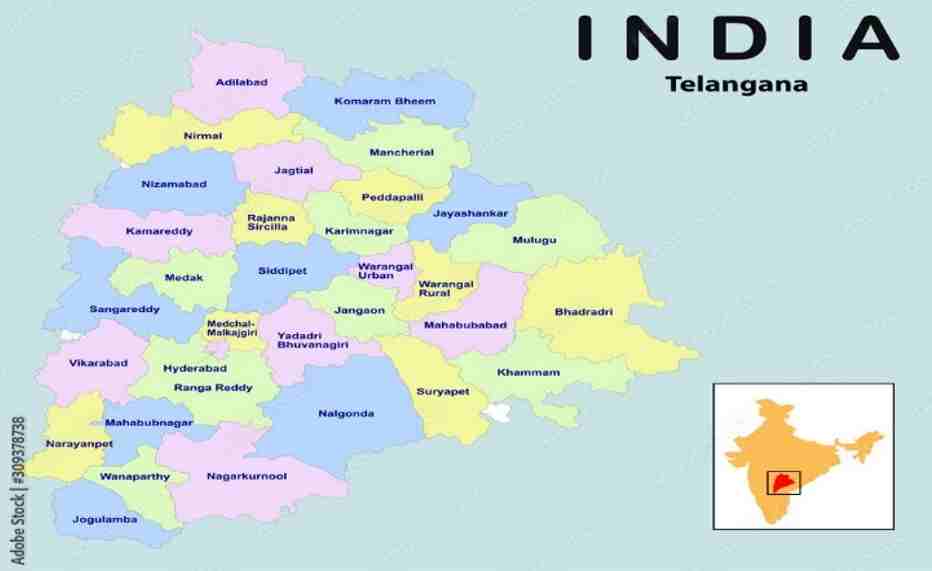
State | Telangana, India |
Capital city | Hyderabad |
Founded | 2nd June 2014 |
Area | 112,077 km² |
Chief minister | K. Chandrashekar Rao |
Governor | Tamilisai Soundararajan |
Language spoken | About 75% of the population of Telangana speak Telugu and 12% speak Urdu |
Districts | 33 |
Population | 350.04 Lakhs |
Literacy (2017-18) | 72.80% |
Father of Telangana | Kothapalli Jayashankar |
Famous for | The state is the gateway to Krishna and Godavari Rivers in South India and is considered the seed capital of India: its amazing bronze castings require exquisite skills for creating incredible idols |
Introduction
- On 2nd June 2014, 70 years later, Telangana’s dream came true. Telangana’s demand wasn’t unique in India’s history. Because there are states in India that were created based on language, there are states that weren’t created on this basis too. So why were people protesting for Telangana? And why did it take 70 years to fulfil this demand? So, let’s delve into its history and answer these questions.
Origin Of Telangana

Following independence, the British territory was automatically incorporated into India. Sardar Vallabhbhai Patel worked tirelessly to bring the princely states into the Indian Union. However, the state of Hyderabad refused to join the Indian Union. The Indian army ousted the Nizams in Operation Polo, and Hyderabad became part of the Indian Union. Meanwhile, Telugu residents of Madras state organized a protest. Instead of being a part of Madras State, they demanded a separate state for Telugu speakers. Several Indian political leaders were opposed to the formation of states based on linguistic differences. When Potti Sriramulu died in a hunger strike while advocating for Andhra Pradesh, it became difficult to ignore the demand for a separate state. As a result, Congress leaders were forced to accept the demands and establish Andhra Pradesh in 1953, with Kurnool as its capital.
According to the Commission, Telangana and Andhra Pradesh should remain separate states at least until 1961, after which the people should vote on whether to merge with Andhra Pradesh. It claimed that Telangana’s people were uneducated, making them vulnerable to exploitation by the people of Coastal Andhra. Even Jawaharlal Nehru was against the merger. He referred to the demand for Visalandhra, also known as unified Andhra, as an example of imperialism. And the people of Telangana felt that they had been exploited. People were concerned that Telangana’s revenue would be diverted to Andhra because it had excise duties on liquor that Andhra did not have. They were also concerned that water from the Krishna and Godavari rivers would be diverted to Andhra Pradesh. The main source of these concerns was that the Nizam-led Hyderabad was significantly poorer than the British-led Andhra. The Nizams’ taxes were causing hardship for the people of Telangana. Irrigation and railway projects were being built in British-led Andhra. Some even received an English education, giving them an advantage when applying for government jobs.
Political History
Gentlemen’s agreement:
Andhra Pradesh’s political leaders reassured the people of Telangana by signing the Gentlemen’s Agreement, which made several points. Telangana’s income, for example, would be spent solely in Telangana. As a result of these promises, a unified Andhra Pradesh state was formed, with Hyderabad serving as its capital. The leaders of Andhra Pradesh want to create a unified state for economic and political reasons. Some leaders, for example, believed that unification would solve Andhra’s capital-shortage problem. Despite the agreement, many people believed it was not permanent.
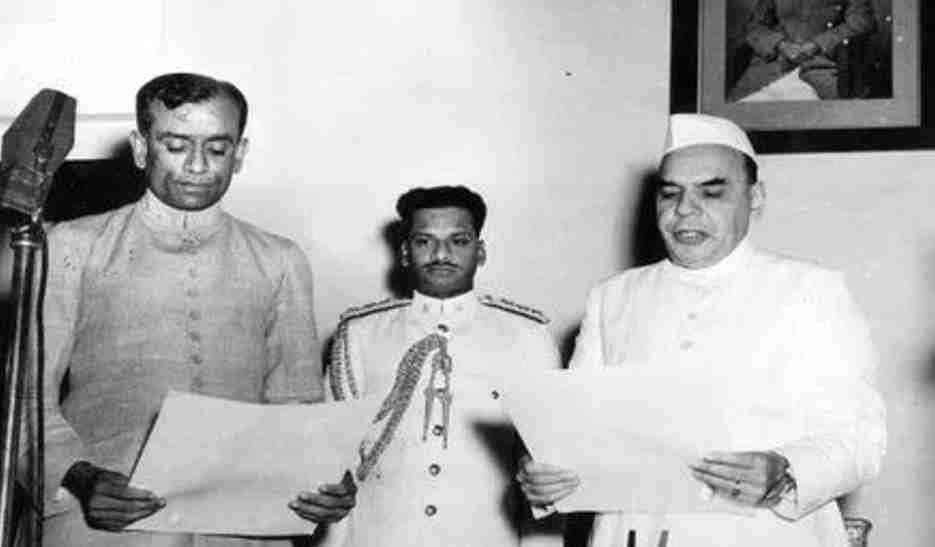
Fissures began to form between the Telangana and Andhra regions over time. Water was a prominent cause. Tank irrigation has historically been used in Telangana. Farmers, however, were forced to rely on private borewells due to a lack of investment, which had an environmental impact. Because of significant public investment in the Andhra regions, its farmers had easy access to the Krishna and Godavari rivers.
Public representation was the second reason. Telangana’s leaders were forced to take a back seat in the state’s politics. Similar discrimination was observed in educational institutions and government bureaucracies. Apart from socioeconomic differences, leaders in Telangana felt they had a distinct identity, complete with their own culture, dress code, and food habits. Bathukama and Bonalu, for example, have been celebrated in Telangana but not in Andhra Pradesh. While leaders in Andhra spoke of Telugu Thalli, the mother of all Telugu people, leaders in Telangana spoke of Telangana Thalli, the mother of all Telangana people. In 1969, the people of Telangana began a massive revolt in response to a violation of the Gentlemen’s Agreement. While some called for stricter enforcement of the Gentlemen’s Agreement, others advocated for the creation of a separate state of Telangana. This was known as the Jai Telangana movement. Students and government employees spearheaded this movement. They claimed that there were not enough positions in colleges and government jobs for them. As a result, some went on hunger strikes, while others began protesting. An angry mob once attempted to set fire to the residents of a sub-inspector. This resulted in police shootings and the deaths of several students. To counter the Jai Telangana movement, some Andhra residents launched the Jai Andhra movement. Its demand was that Andhra Pradesh be kept separate from Telangana.
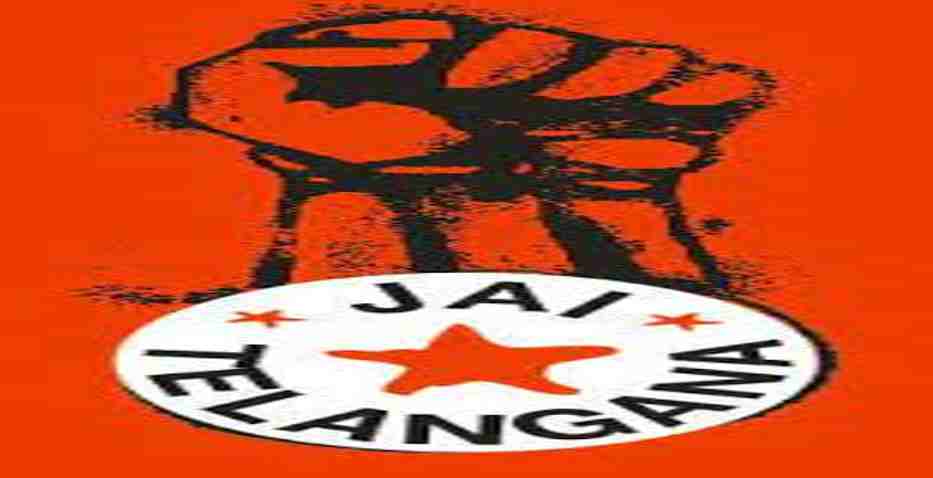
Rise of KCR:
Kalvakuntla Chandrashekar Rao founded a political party with the goal of creating a separate state for Telangana. His uniqueness is his oration. He was fluent in Telugu and Urdu, and his speeches drew a large crowd. His catchphrase is ‘Telangana Waley Jago, Andhra Waley Bhago.’ In the 2004 elections, he formed a coalition with Congress after the latter promised Telangana statehood. In both the assembly and Lok Sabha elections, KCR’s party outperformed. However, there was no demand for Telangana. As a result, he left Congress and formed an alliance with the Telugu Desam Party. He was defeated in the 2009 elections by the YSR Reddy-led Congress party. After a few months, however, an incident prompted the demand for a leader in Andhra. A month after YSR Reddy’s death, the Supreme Court issued an order declaring Hyderabad police recruitment a free zone. This meant that people from Andhra Pradesh could be hired by the Hyderabad police force. This worried the people of Telangana because people from Andhra Pradesh are better educated and have a better chance of getting jobs in the Hyderabad police department. This decision was a watershed moment for the Telangana movement.
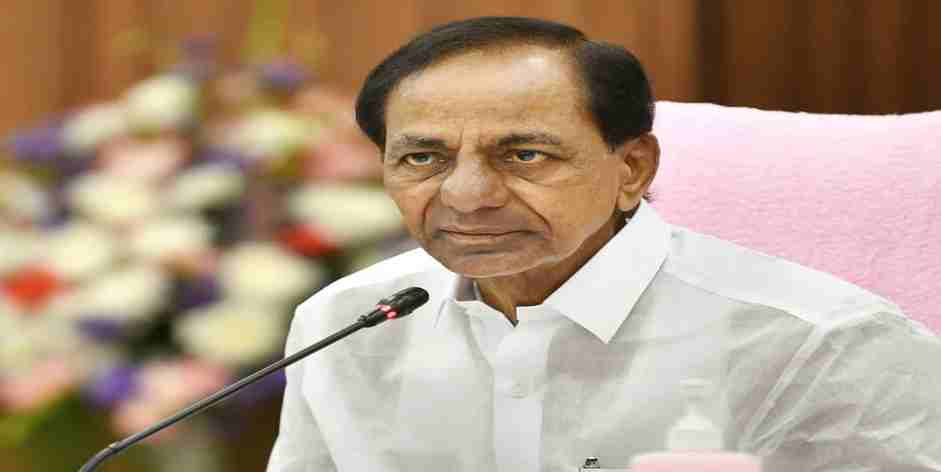
- KCR began a death-defying fast in 2009. The center was forced to accept Telangana’s demand due to rising tensions and KCR’s deteriorating health. It became India’s 29th state, with KCR serving as its first chief minister.
Art, Language And Culture
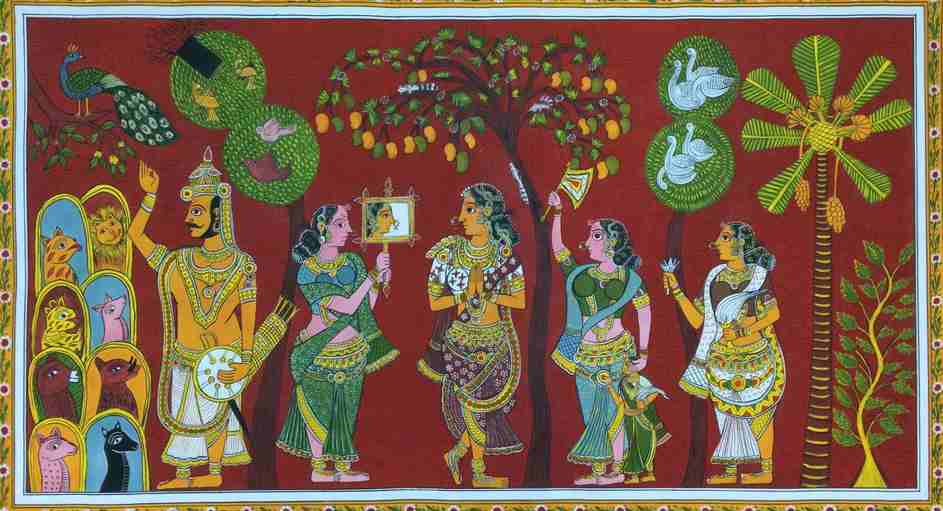
- Telangana is one of India’s most creative states in terms of culture and arts.
Golconda style in art: The Golconda style has been one of the most well-known art forms since the 16th century. This method combines foreign techniques with the use of bright gold and a dash of white.
Hyderabad style in art: Another well-known form is the Hyderabad style, which emerged around the 17th century under Nizam’s influence.
Dokra: Another amazing art form is dokra, in which skilled artisans use bras to create spectacular figurines, idols of gods/goddesses, horses, elephants, and other animals.
Bidri art: Bidri art is also very popular in the state. Jewelry boxes, buttons, hookahs, and other items are made using this technique.
Telugu is the official language of Telangana. Telugu is spoken by approximately 76 percent of the people in Telangana state. About 12% speak Urdu, while the remaining 12% speak other languages. An electric mix of Hindi and Urdu, known as Hyderabadi Hindi, is also spoken here.
Women typically dress in saris, churidars, and Langa vonis. Telangana’s most famous saris include the gadwall Sari, Pochampally Silk Sari, and Ikat Sari. The Dhoti, also known as Pancha, is a traditional dress for men in Telangana.
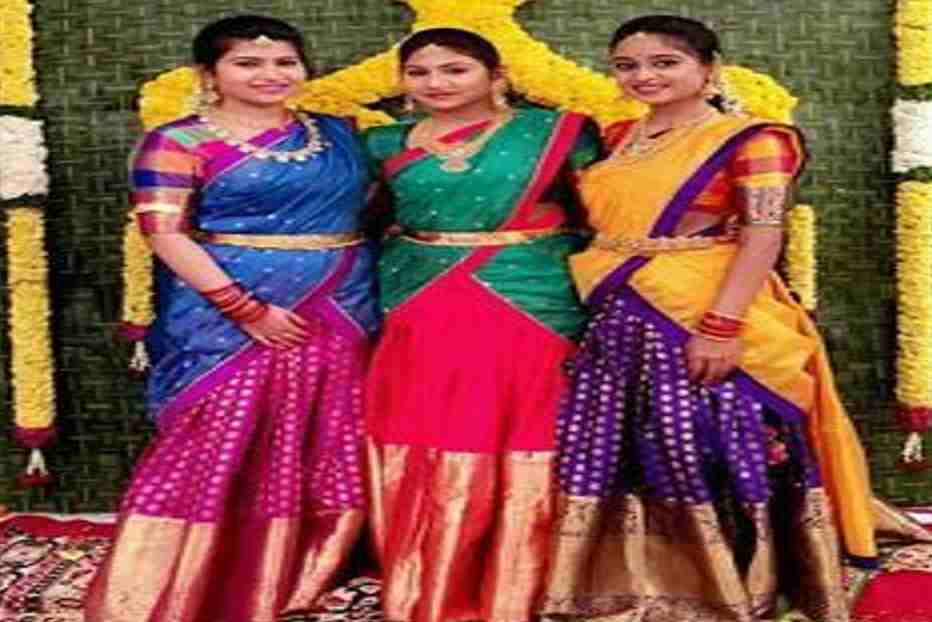
- Telangana’s well-known festivals include Sammakka and Saralamma Jatara. After the Kumbh Mela, it is India’s second-largest fair. Every two years, the city of Eturnagaram Wildlife Sanctuary hosts a festival in a remote village called Medaram. The fair is a tribal gathering to commemorate a mother and daughter’s fight against the ruling rulers. In the months of September/October, Hindu women celebrate the Bathukama festival. During the festival, women gather in an open area with their Bathukamas to sing folk songs, clap, and dance around them. Women carry the Bathukamas on their heads to bodies of water and immerse them there on the final day of the festival. The flowers used in the Bathukamma are thought to have a purifying effect on the water. Bonalu is a festival dedicated to the Goddess Mahakali. In Telugu, Bonam means Bojanam or a meal, and it is an offering to the mother goddess.
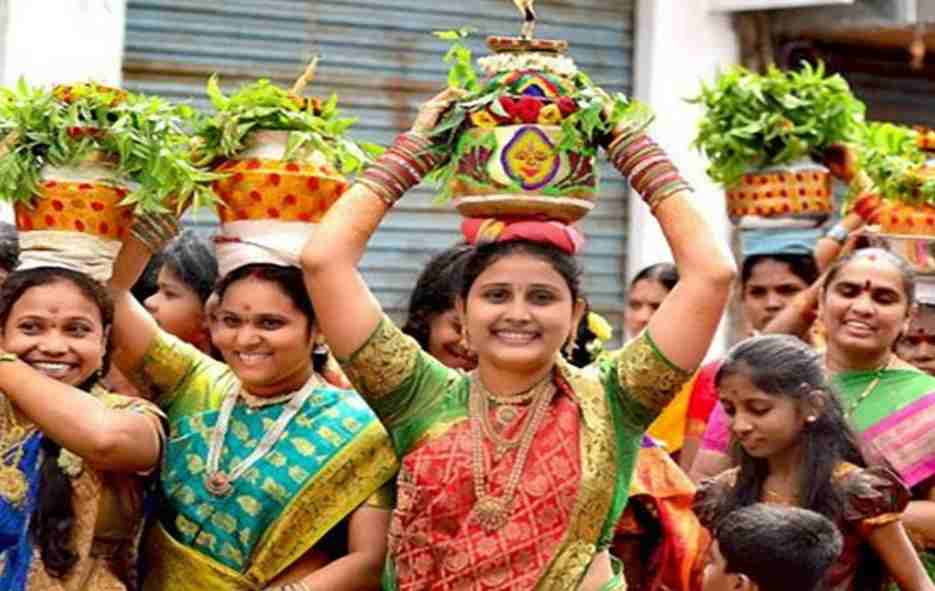
- Perini Thandavam translates as “Warrior Dance.” Perini Sivatandavam or Perini Thandavam is a traditional Telangana dance form that originated with the warrior clan of the 11th century AD. This is a male dance form that is performed in the Shiva temple as a tribute to Lord Rudra.
Cuisine
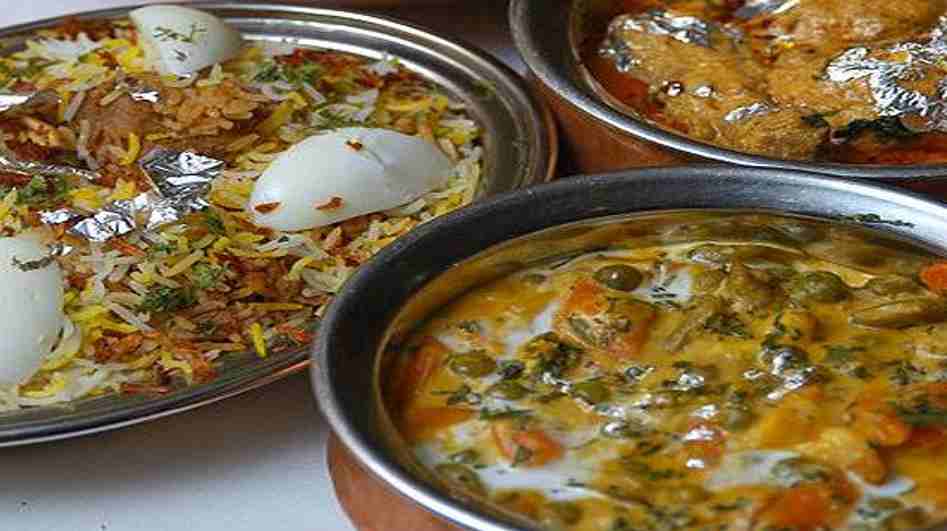
- Bajra, millet, and jowar are staples in Telugu cuisine. Biryani, Haleem, Naan Qualia, Kebabs, Keema Samosa, Mirchi ka Salan, Khubani ka Meetha, and Lukhmi are among the must-try Hyderabadi dishes.
Places To Visit

1. Husain Sagar Lake– It is a city historical landmark. The surrounding area is filled with parks, temples, and buildings that house 18-meter-tall Buddha statues. You can also go on boat rides here. The lake is historically significant because the treaty between the Mughals and Golconda was signed on its shores. Later, in the 1990s, a ‘Bund’ (Dam) was built to control the flow of water, which is why the lake is also known locally as the ‘Tank Bund.’ Lumbini Park, located on the shores of Hussain Sagar Lake in the heart of Hyderabad, is easily accessible by road. Around Husain Sagar Lake, there are parks and other tourist attractions.
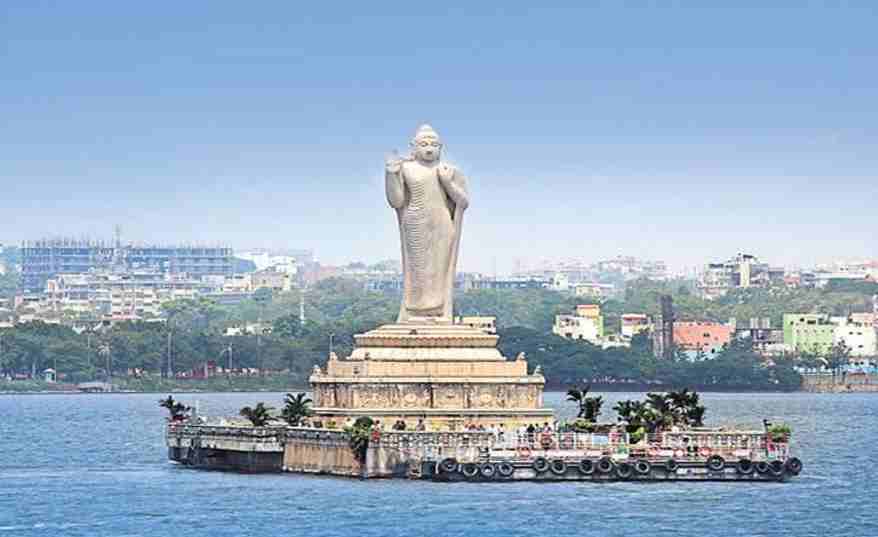
2. Ramoji Film City– This is the largest film studio in the world, where many films are made. Tourists are welcome to take a tour of the city, which has numerous attractive shooting locations that are well worth seeing. Like the man-made Taj Mahal, Mughal gardens, and other attractions. Ramoji Film City, which opened in 1996, is one of Hyderabad’s most popular tourist attractions. Ramoji Rao, a well-known Telugu film producer, wished to establish a Hollywood-style studio.

3. Salar Jung Museum– The Prime Ministers of Hyderabad own this property. It has a large collection of articles from the Middle Ages and some from the Islamic era. The Nizam jewelry is also displayed for tourists on various special occasions. The museum has frequently appeared in print and electronic media, not only for its collection but also for its efforts to preserve history through digitalization and other cutting-edge methods. Salar Jung Museum is a must-see for any art or history enthusiast. It is nothing short of a treasure house that values and respects the unparalleled achievements of Europeans, Asians, and eastern countries in fields ranging from art to science and literature.
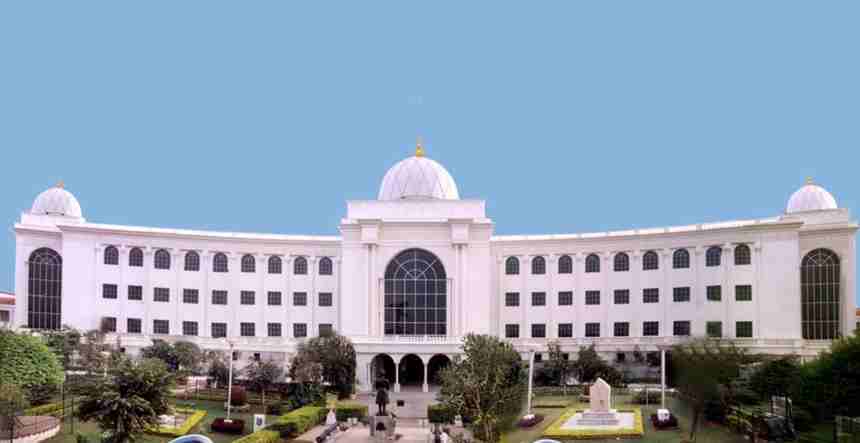
4. Golconda Fort– Golconda Fort in Hyderabad is a magnificent example of brilliant engineering and enchanting architecture. The fort’s name is derived from the Telugu words “Golla” and “Konda,” which together mean “Shepherd’s Hill.”
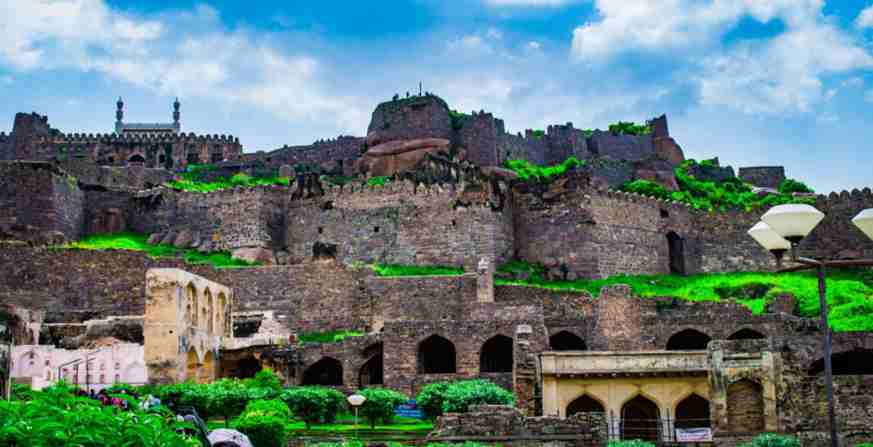
5. Charminar– Muhammad Quli Qutb Shah constructed the Charminar, or Mosque of the Four Minarets, in 1591. He founded Hyderabad as the fifth sultan of the Qutb Shahi dynasty of Golkonda. The Sultan-built Charminar is said to have been built to honour his wife, Bhagmati. Some believe it was built to glorify and thank Allah for eradicating the plague during the Sultan’s reign. Charminar’s four pillars are said to be dedicated to Islam’s first four caliphs. Charminar requires a ticket to enter.

6. Warangal fort– The Warangal Fort is another worthwhile tourist attraction in Warangal. This fort, built in the 13th century on the hillock Ekashila, is one of the architectural masterpieces of the Kakatiya Dynasty. Warangal Fort, built by King Ganapati deva and later by his daughter Rani Rudrama, represents the historical opulence of the region during the reign of the Kakatiya Kingdom. A visit to Warangal fort is sure to captivate you with the grace of its architecture and the brilliance of its ruins. The Archaeological Survey of India has designated the fort’s ruins as monuments of national significance.
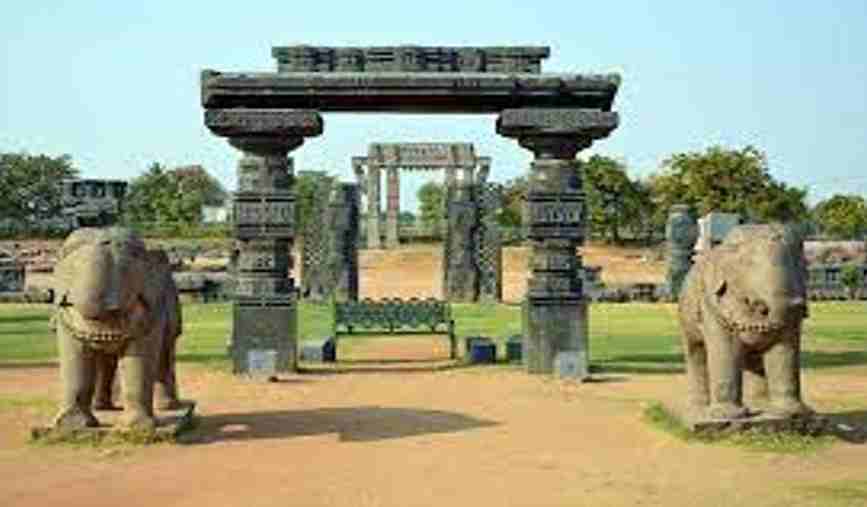
7. Chowmahalla Palace– The grandeur of rulers, the glory of its past, and a glimpse of their enigmatic way of life are still alive in the form of palaces such as Chowmahalla Palace, a must-see on a Hyderabad tour. Chowmahalla Palace is one of the few historically significant buildings in the country that has been well maintained and is presented in a clean complex. The palace contains numerous galleries that provide an in-depth look at the personal and political lives of the Nizams of Hyderabad. There is no room for confusion because the displays are well-organized and clearly labeled. Each image displayed in a picture gallery has a detailed description.
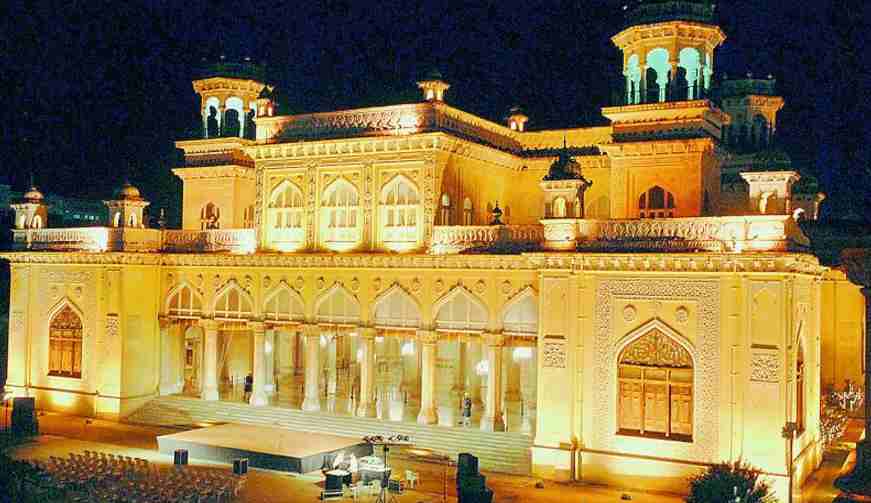
Hyderabad- The Capital
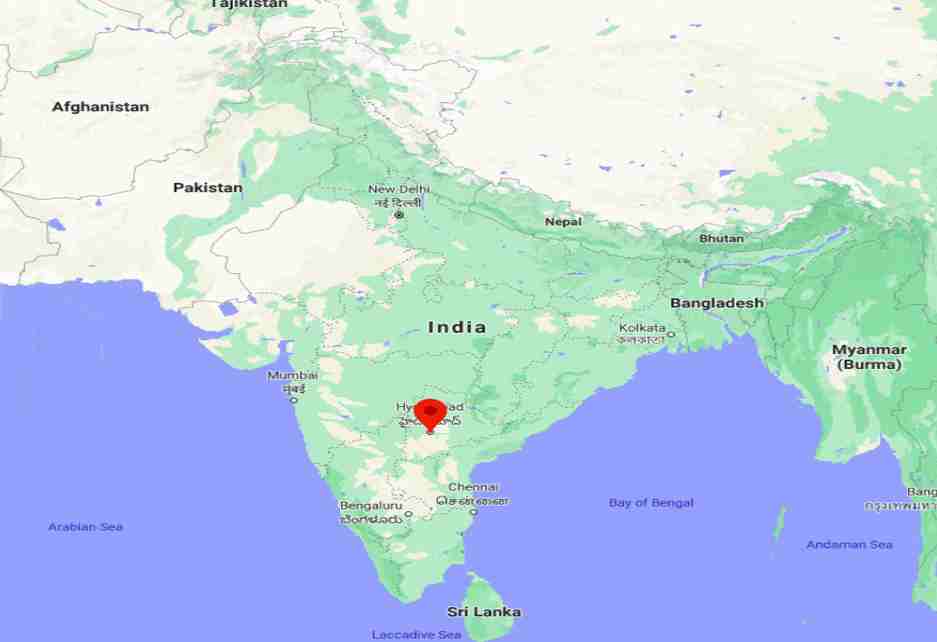
The Cyber City:-
The Hyderabad Information Technology and Engineering Consultancy City, abbreviated as HITEC City, is an Indian information technology, engineering, health informatics, and bioinformatics, business district located in Hyderabad, Telangana, India. HITEC City was a project borne by the Telangana chief minister’s KCR, the desire to include Telangana in the role of global performers in the field of information technology and IT-enabled services. It is a city within a city that is planned to have integrated infrastructural facilities such as office spaces, production areas, auditoriums, housing for employees, and even shopping complexes. It is a massive site and looking at it, it really isn’t a stretch to think that 25% of computer personnel and services in the United States are from Hyderabad.
HITEC City is still growing, with more and more global companies choosing to locate there due to low labor costs, pleasant working environments, and qualified employees. It will not be surprising if Hyderabad becomes a global information technology powerhouse, with HITEC City leading the charge. The development of HITEC City, a township with related technological infrastructure, prompted several IT and ITES companies to establish operations there. Because of aggressive growth promotion in this area, civic boosters have dubbed the city Cyberabad.
The Nightlife Of The City:
- The vibrant nightlife in Hyderabad is a treat for those seeking entertainment at night. Nightclubs, lounges, pubs, and bars are here to keep the night going with delicious food, lively music, and fantastic cocktails. Hyderabad is one of those cities in India that retains its allure at all times of day and night.
Prominent Personalities
2. V Sindhu– Pusarla Venkata Sindhu is an Indian badminton player. Sindhu was born and raised in Hyderabad, India. P. Ramana and V. Ramana Vijaya. Sindhu, regarded as one of India’s most successful athletes, has won medals at numerous tournaments, including the Olympics, and on the BWF circuit, including a gold medal at the 2019 World Championships. She is the first and only Indian to win the Badminton World Championship, and only the second Indian individual athlete to win two consecutive Olympic medals.
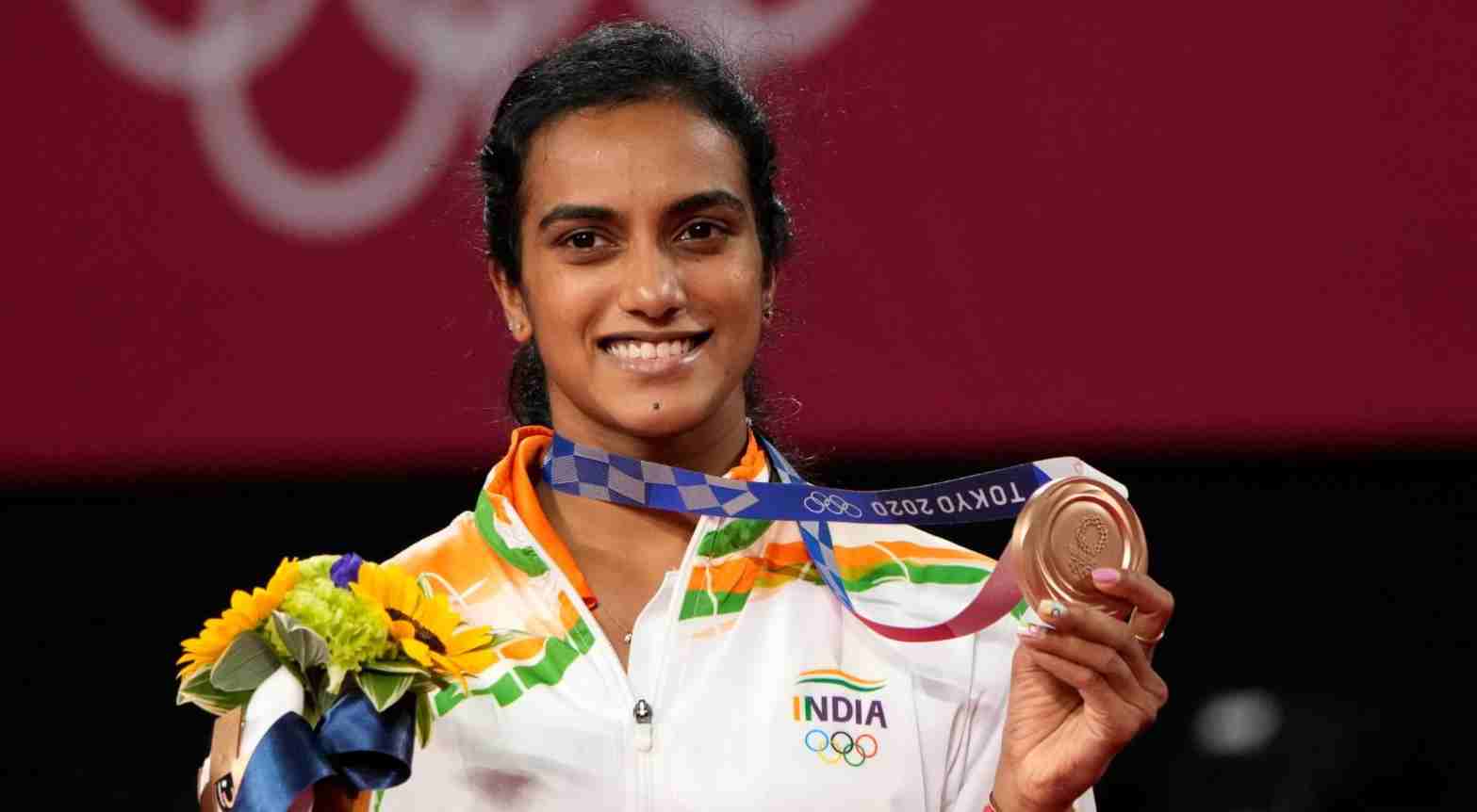
2. V Narsimha Rao– P. V. Narasimha Rao was born on June 28, 1921, in the village of Vangara, Karimnagar District, present-day Telangana, to a Telugu Brahmin family. He was an Indian politician and lawyer who served as the country’s ninth Prime Minister from 1991 to 1996. His election to the prime ministership was politically significant because he was only the second prime minister from a non-Hindi-speaking province and the first from South India. He presided over a major government, overseeing major economic reform and numerous domestic events that had an impact on India’s national security. Rao was known as Chanakya because of his ability to steer economic and political legislation through parliament while leading a minority government.
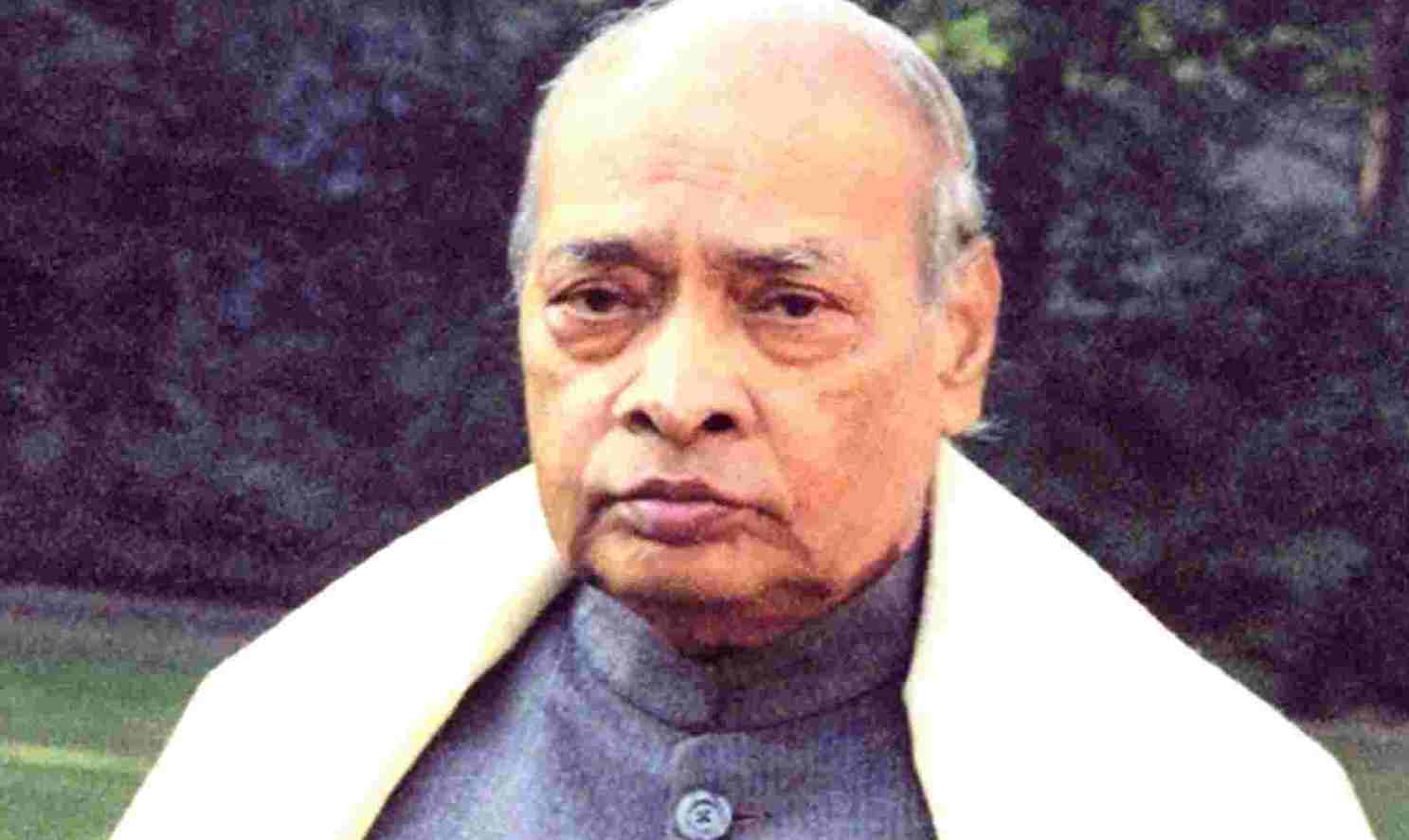
3. Rani Rudrama Devi– Rudrama Devi ruled the Deccan Plateau for the Kakatiya dynasty from 1263 to 1289 (or 1295) until her death. She was one of India’s few female monarchs, and in doing so, she promoted a male portrait. This was a significant step, which was followed by its precursor and even the later Vijayanagara Empire. In 1240, Rudrama Devi married Virabhadra, a member of a minor branch of the Chaluka dynasty. Her father almost certainly arranged the marriage to forge alliances. Virabhadra is virtually unknown and has played no role in its administration. The marriage produced two daughters (both are adopted).
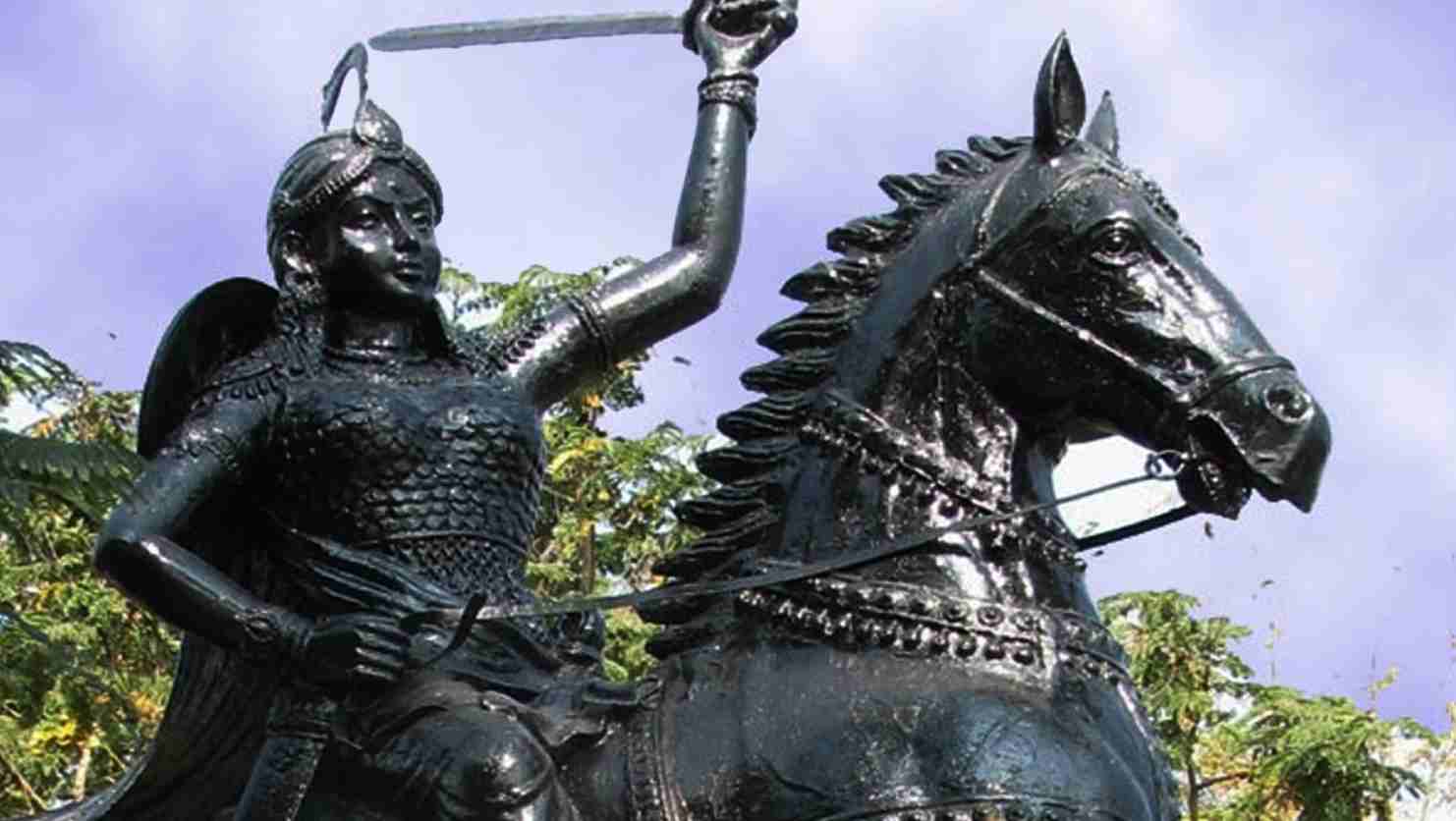
4. Kaloji Narayana Rao– Kaloji Narayana Rao was an Indian poet, freedom fighter, anti-fascist, and political activist in Telangana. Padma Vibhushan was bestowed upon him in 1992. Telangana declared Kaloji’s birthday to be Telangana Language Day.
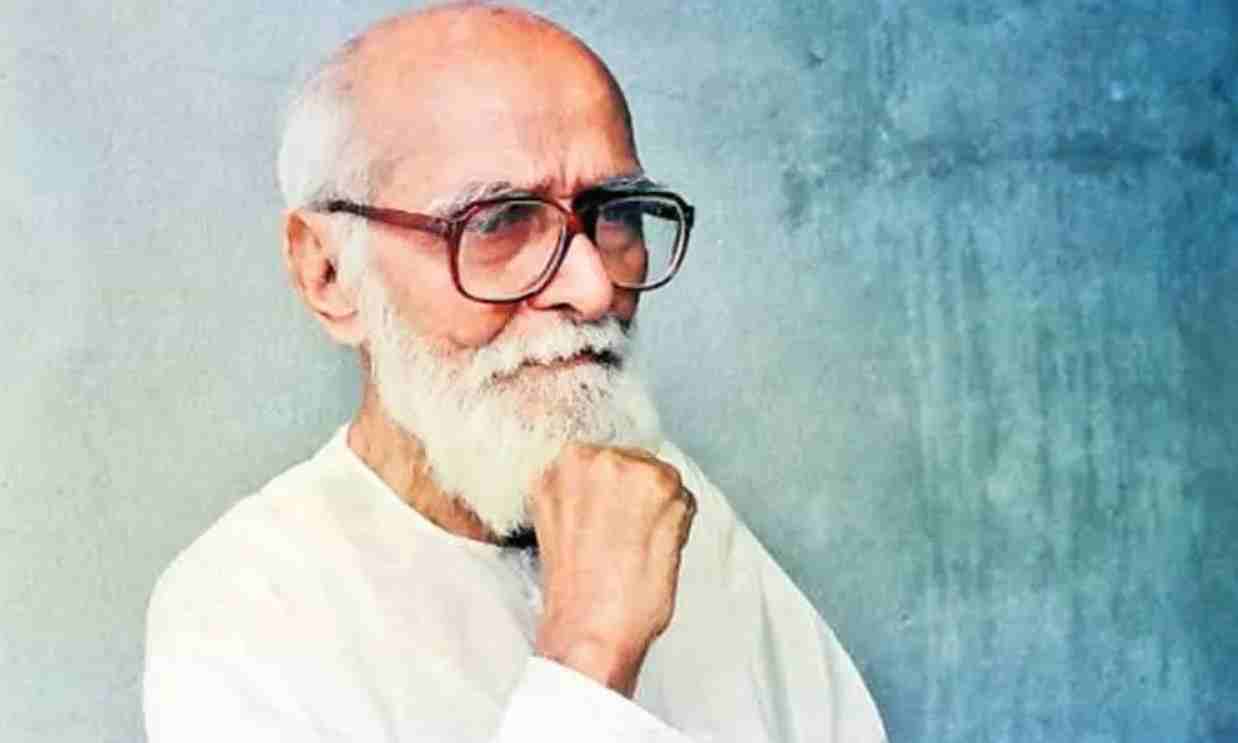
5. Zakir Husain- Zakir Husain Khan was an Indian economist and politician who served as the country’s third president from May 13, 1967, to May 3, 1969. From 1957 to 1962, he was Governor of Bihar, and from 1962 to 1967, he was Vice President of India. He was also a co-founder of Jamia Milia Islamia and later served as its Vice-Chancellor. Jamia was closely associated with the Indian Independence Movement under Husain. In 1963, he was awarded the Bharat Ratna, India’s highest civil distinction. He was India’s first Muslim president, as well as the country’s first president to die in office.
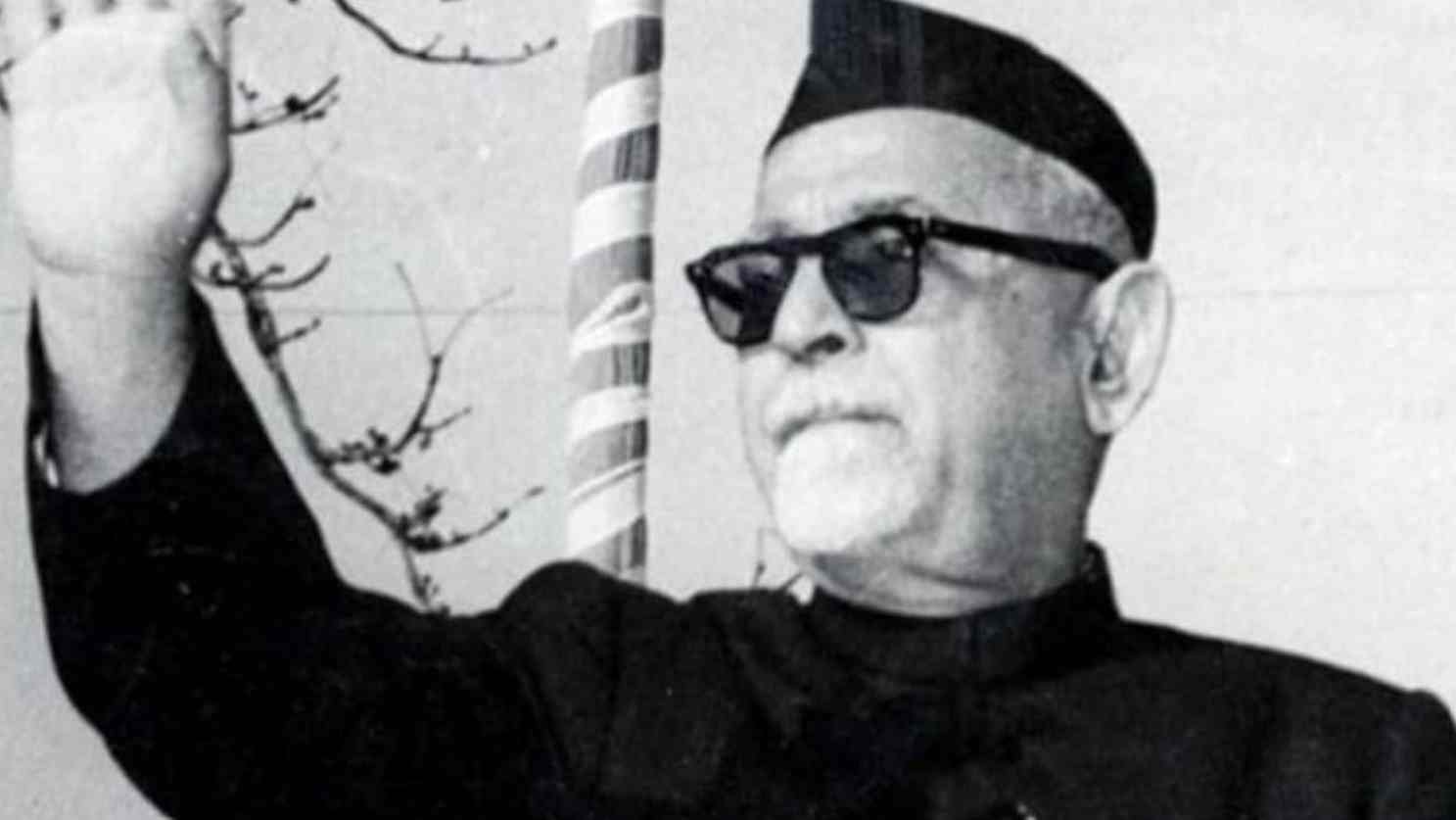
Top 13 Interesting Facts About Telangana
It is India’s youngest state, having been formed in 2014 when it was separated from Andhra Pradesh, a long-standing grievance of the locals.
Telangana’s economy is one of the largest in India, and the state has emerged as a major centre for the IT industry as well as a primary administrative centre for many defences, aerospace, and research lads.
Telangana’s modern history is turbulent; the Telangana rebellion was a peasant revolt supported by communists that took place between 1946 and 1951 in the Telangana regions of Hyderabad state.
When India gained independence from the British Empire in 1947, the Nizams refused to join the Indian Union, preferring to remain independent. The government After a military operation known as Operation Polo, India annexed Hyderabad on September 17th, 1948.
Hyderabad is the capital of the Indian state of Telangana, as well as the state capital of Andhra Pradesh, and it covers an area of 650 square kilometres along the banks of the Moosi river.
It is the fourth most populous city in India, with a population of approximately 6.9 million and a metropolitan population of approximately 7.8 million.
Telangana is home to numerous tombs, forts, and palaces. The thousand pillar temple is one of the most impressive.
Golconda is a fortified citadel in Telangana that served as the capital of a mediaeval Sultanate in the 16th century. The region is well-known for producing some of the world’s most famous gems, including the Hope Diamond.
Bathukamma is Telangana’s state festival.
Kodi pulusu and vepudu are popular meat dishes. Some of the many vegetable dishes include Vankaya (Brinjal), Aloogadda (Potato), koora, and fry.
The state serves as the southern gateway to the Krishna and Godavari rivers and is known as India’s seed capital.
Telangana has abundant mineral resources, including coal reserves at Singareni Colleries.
The state is divided into 31 districts.

